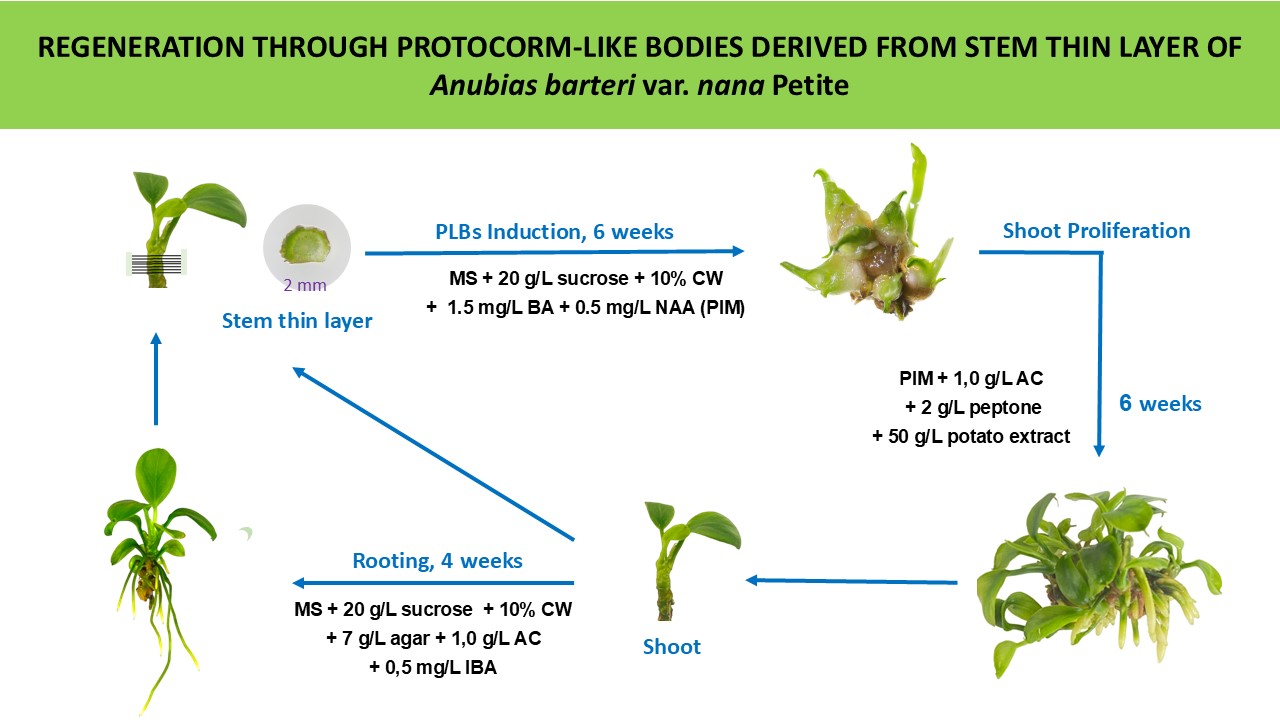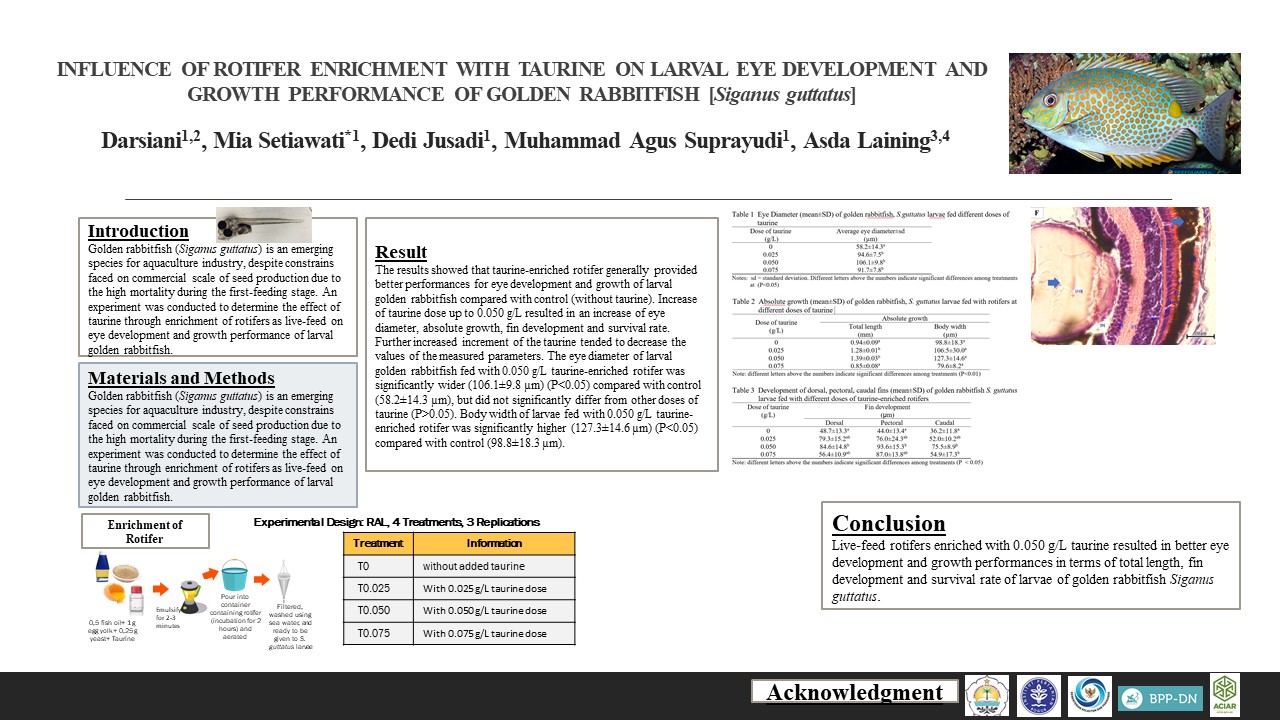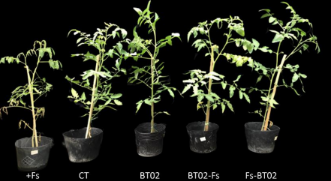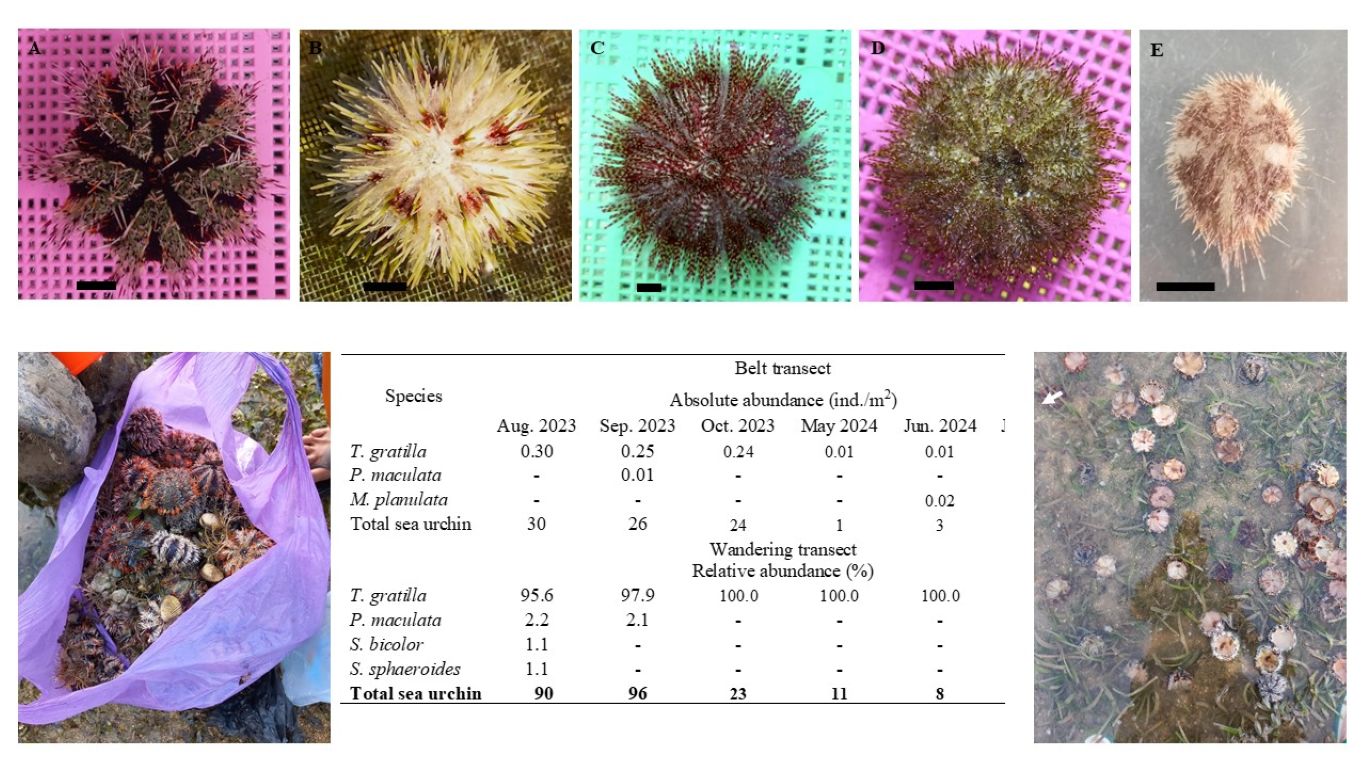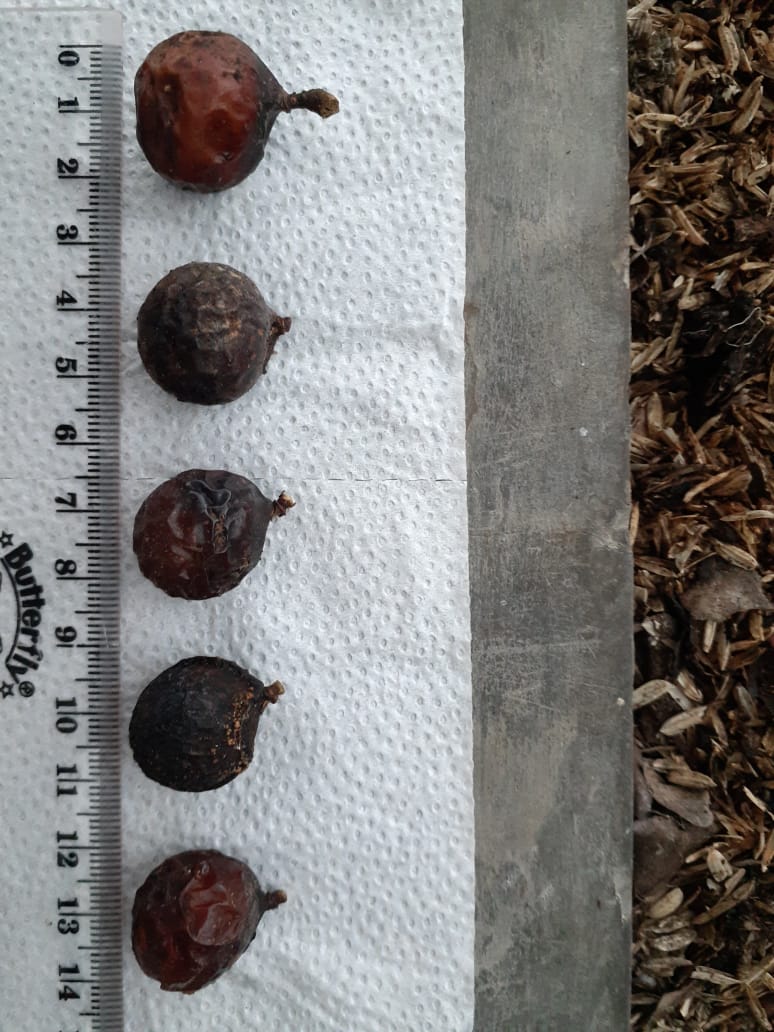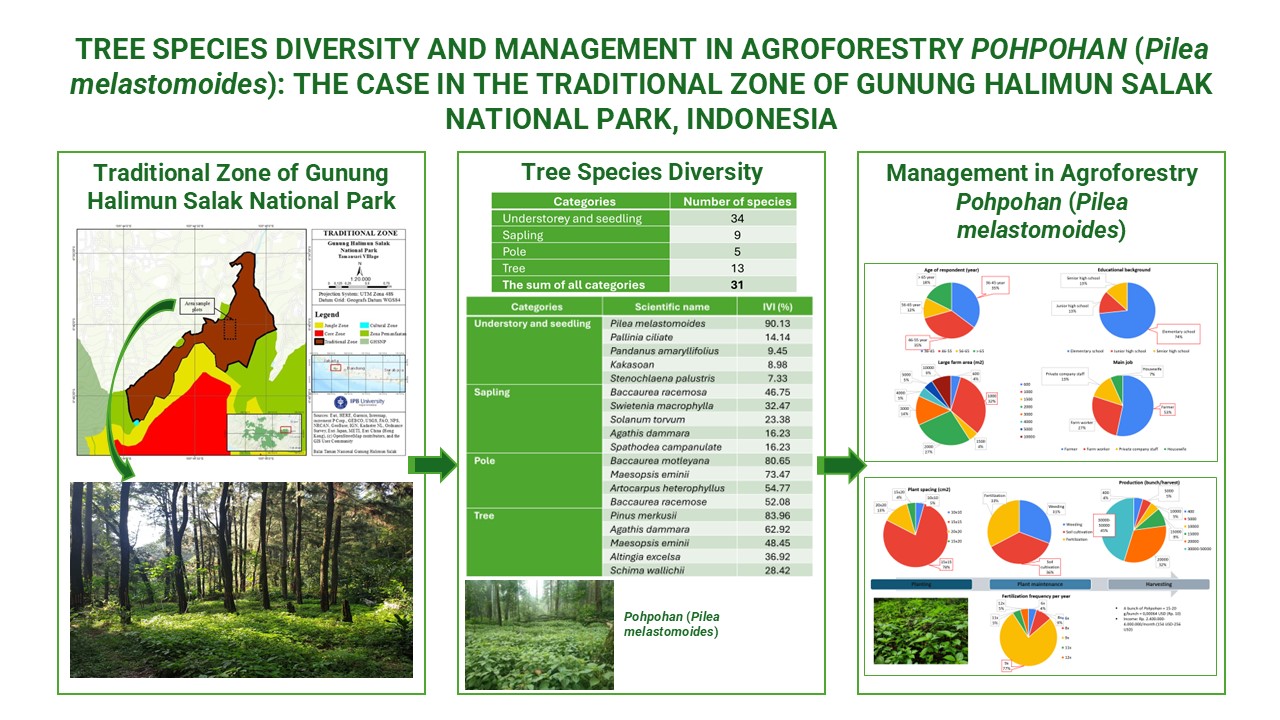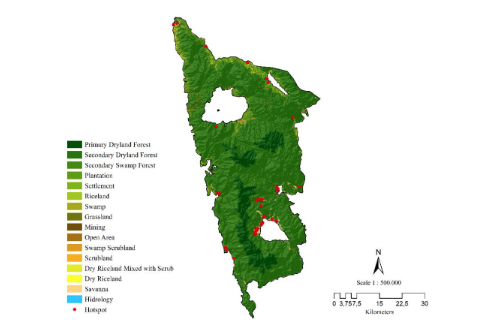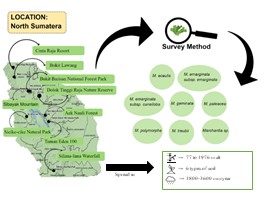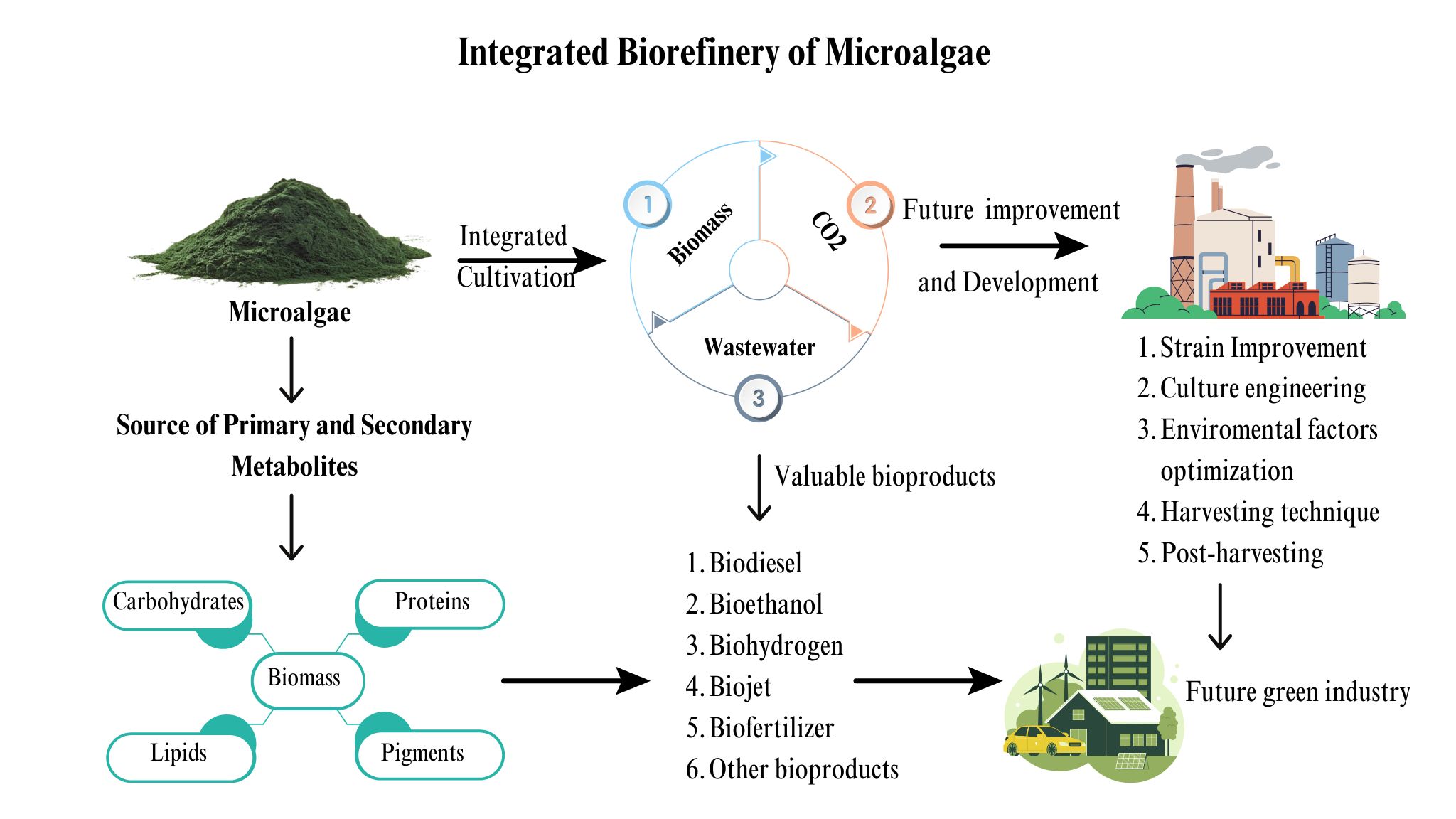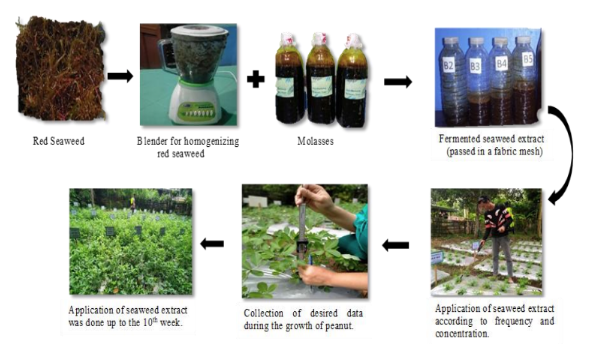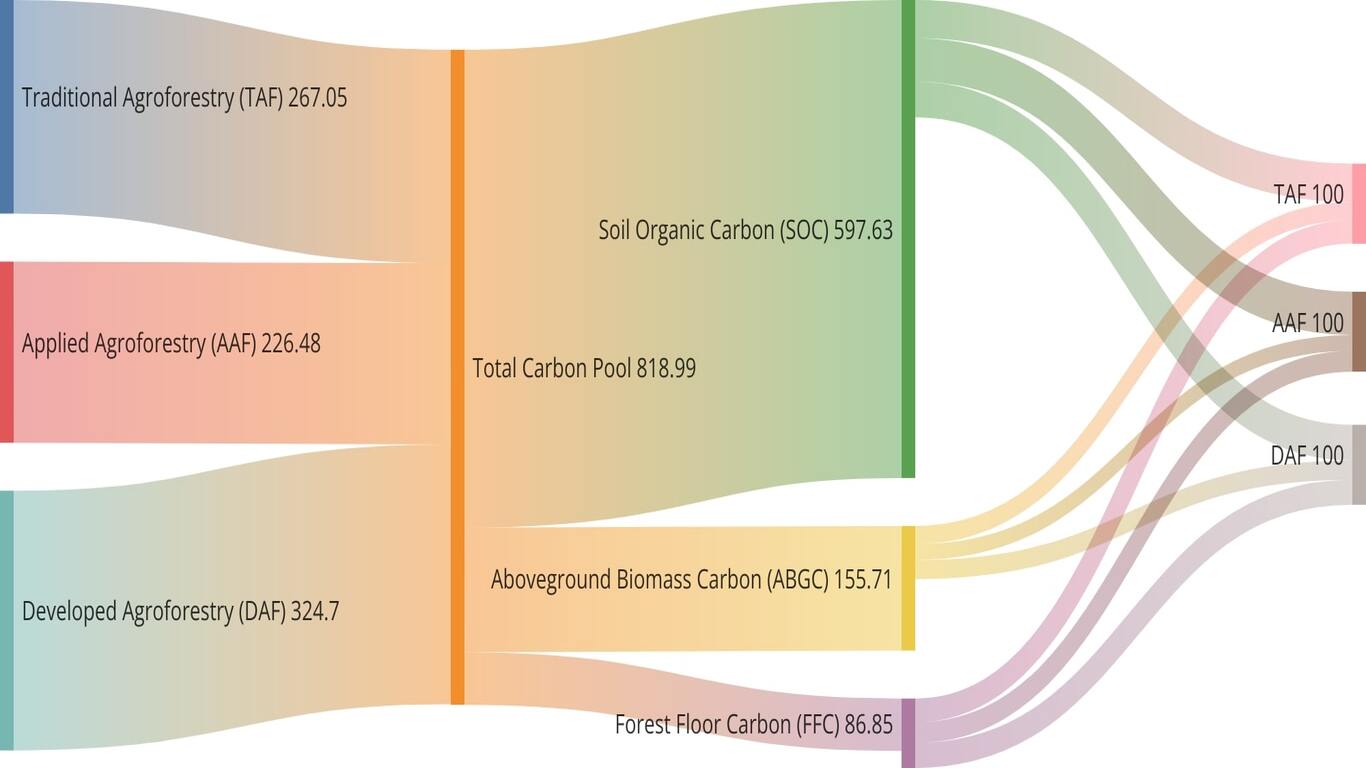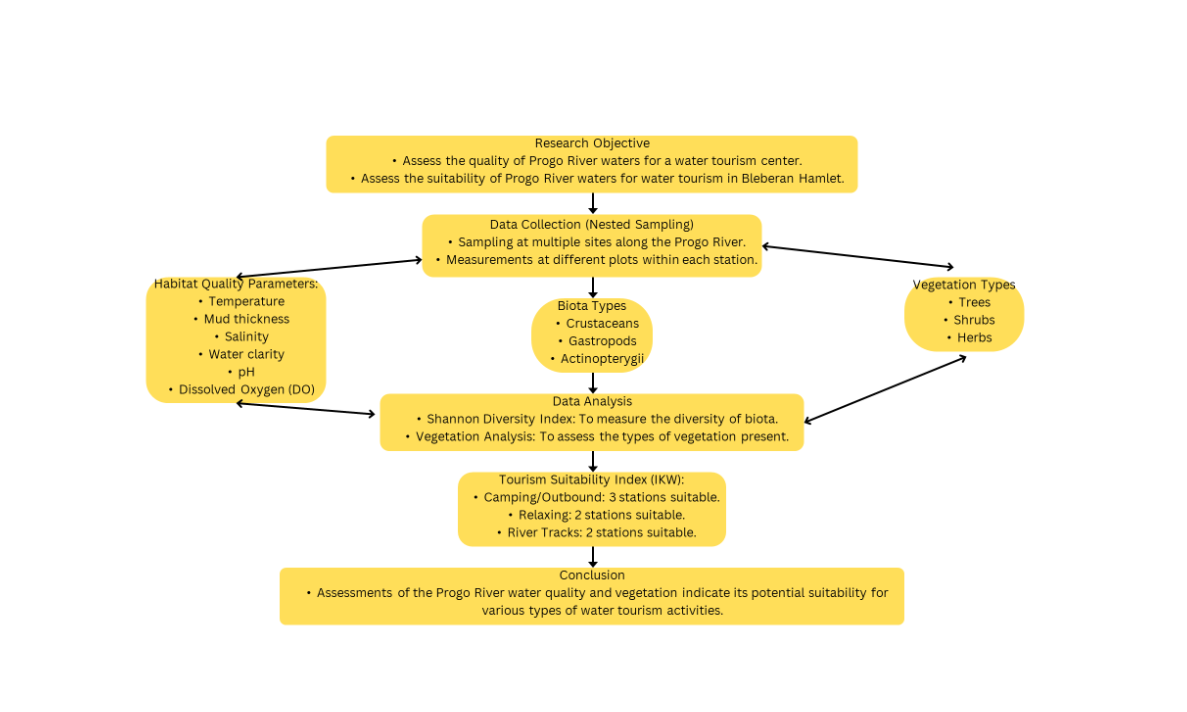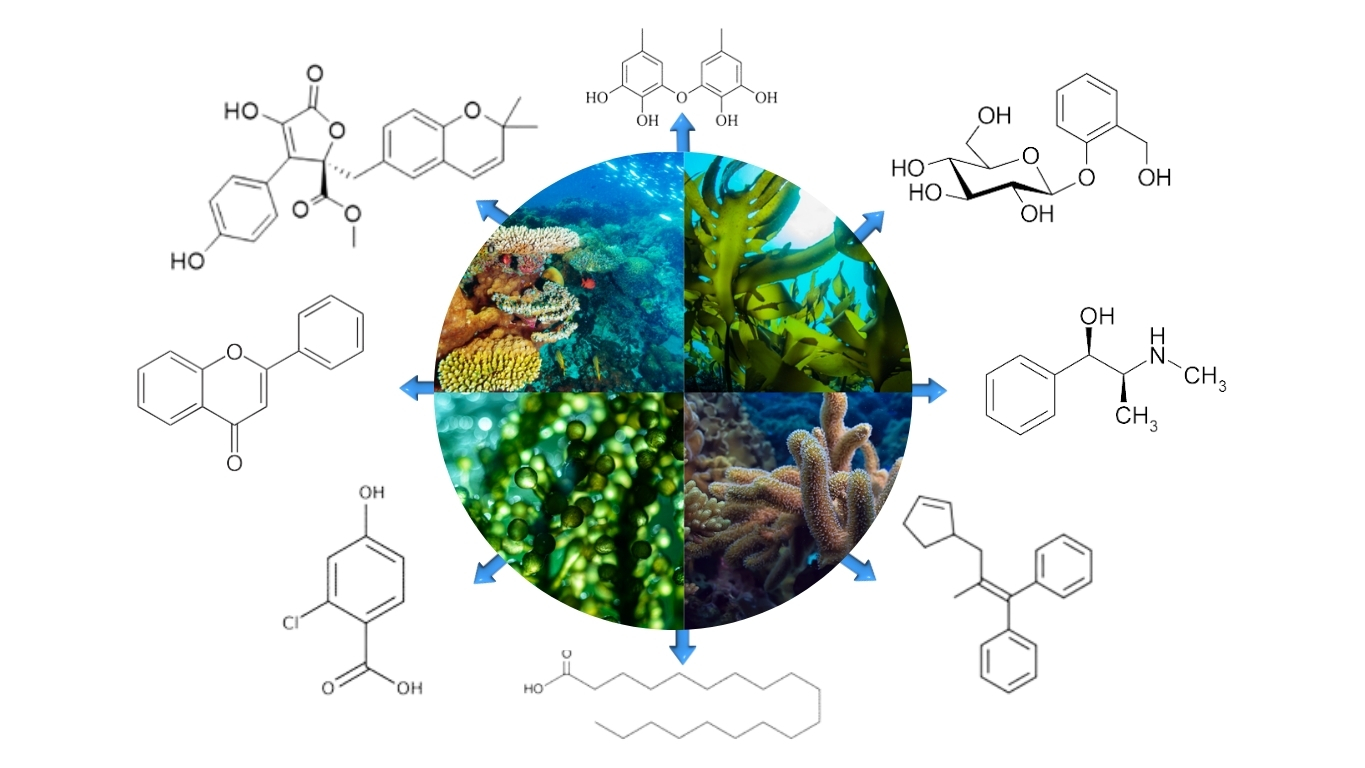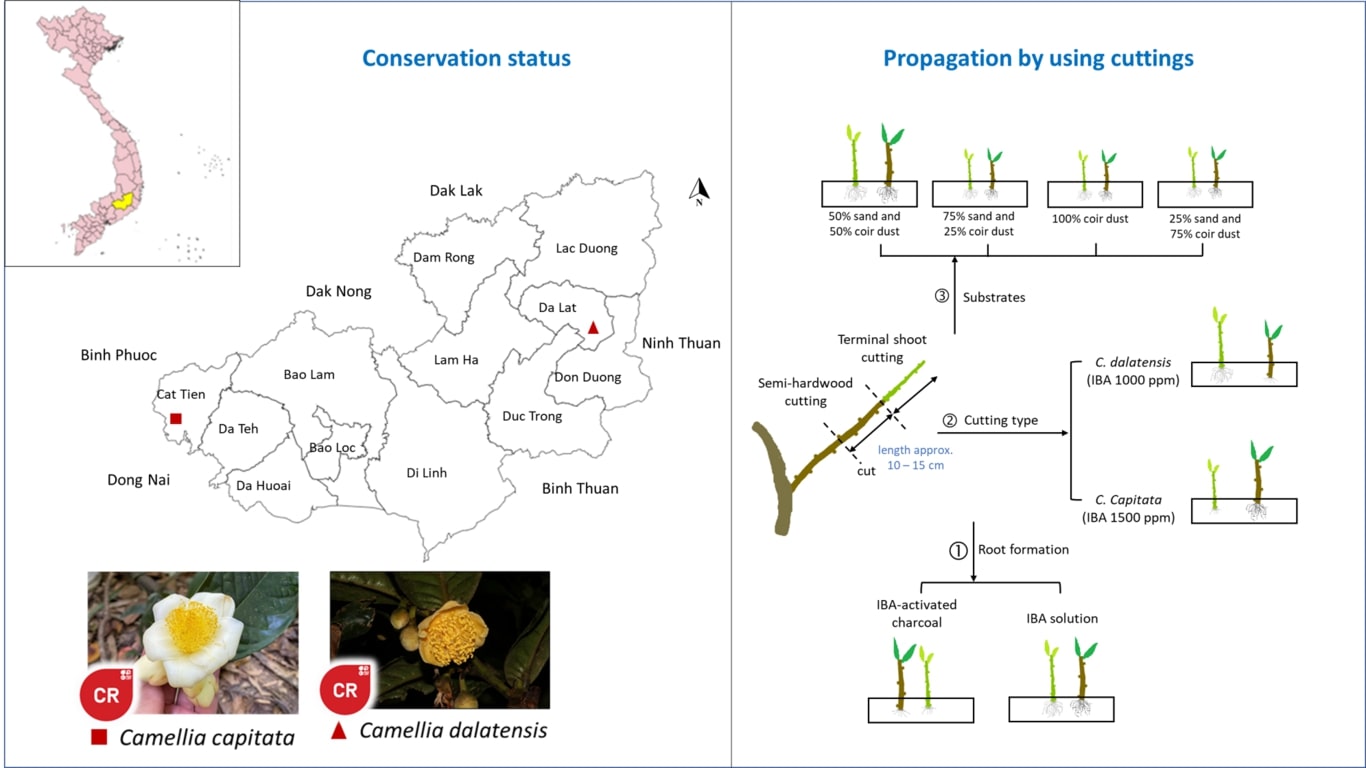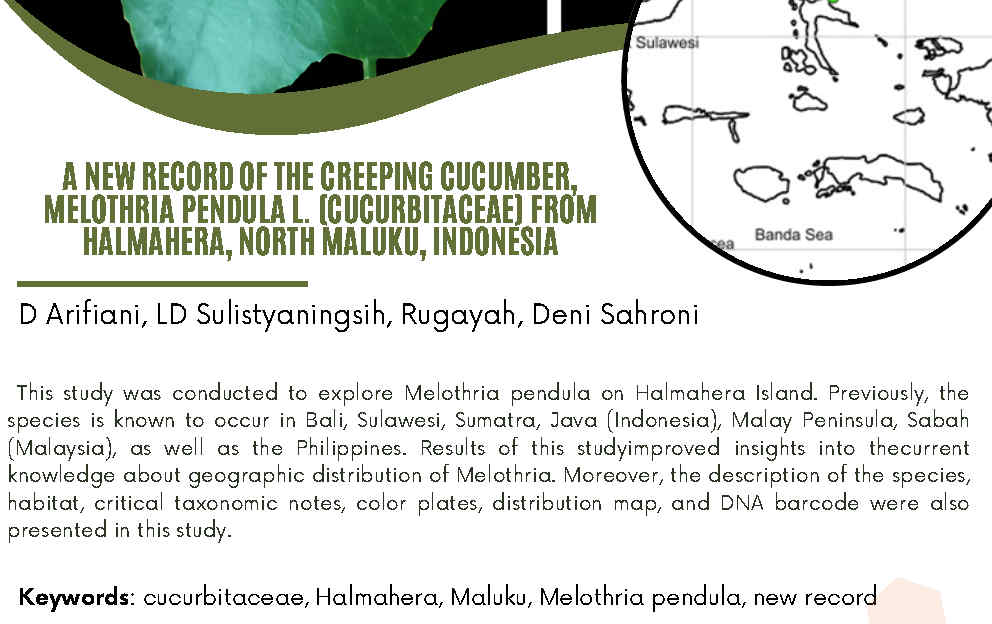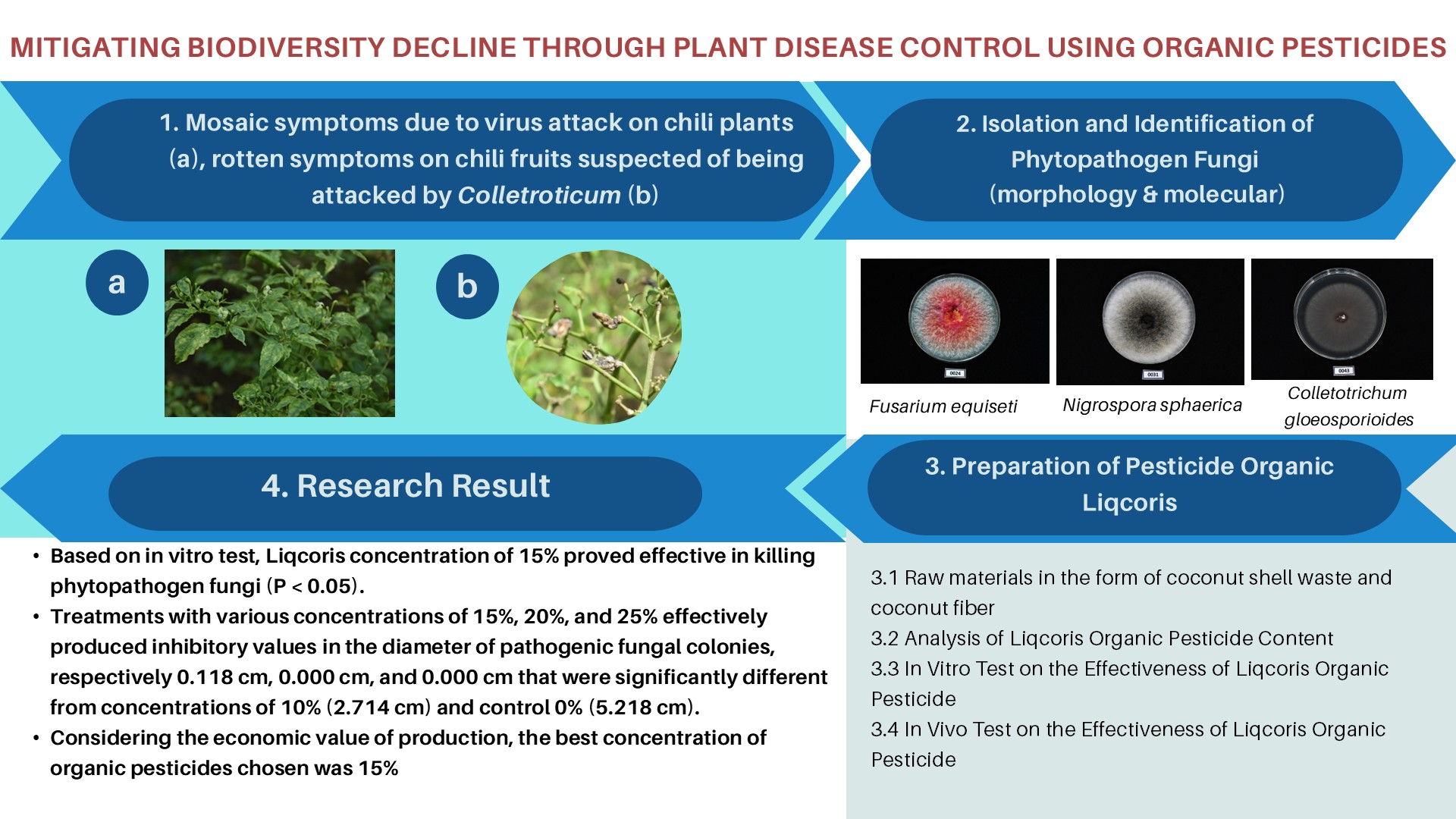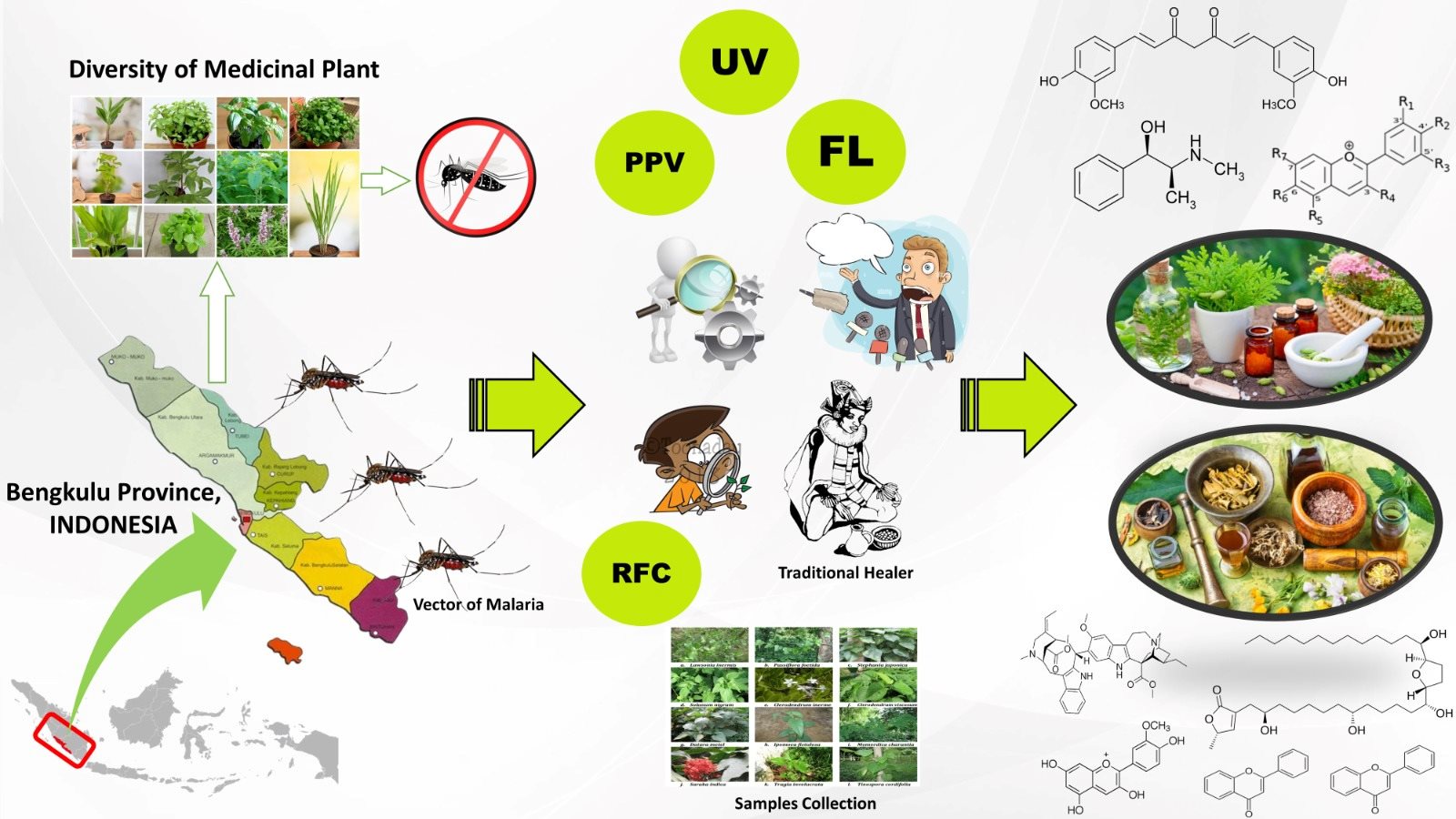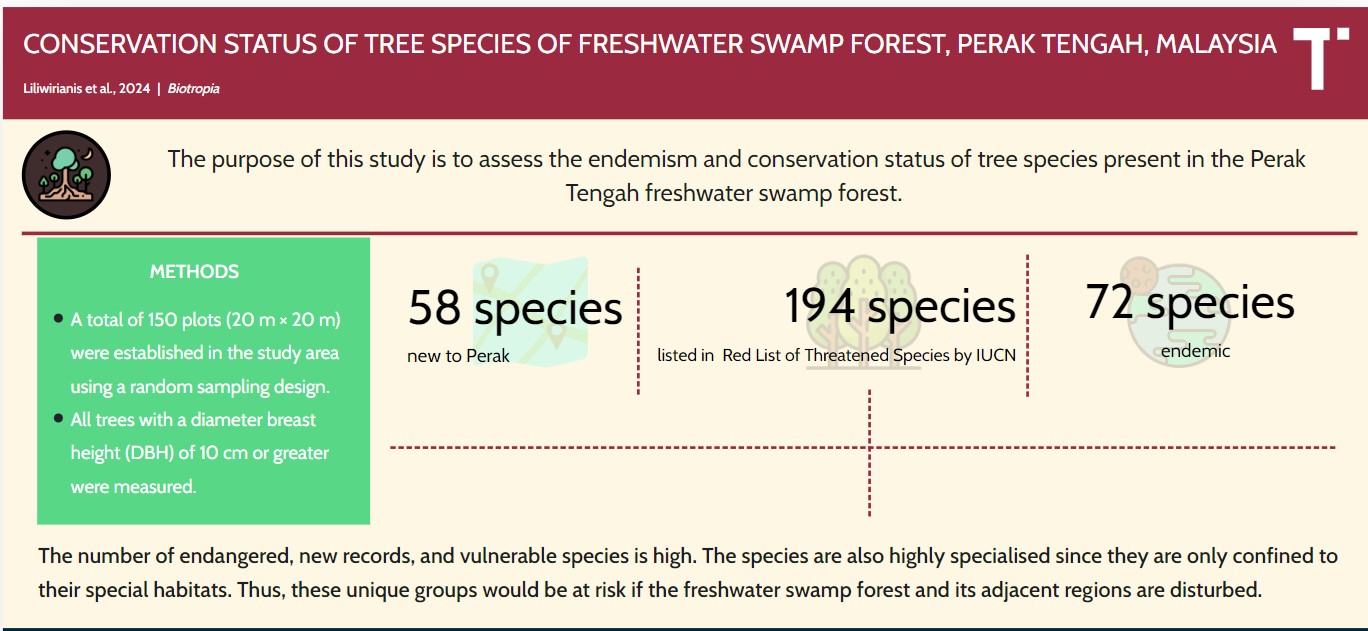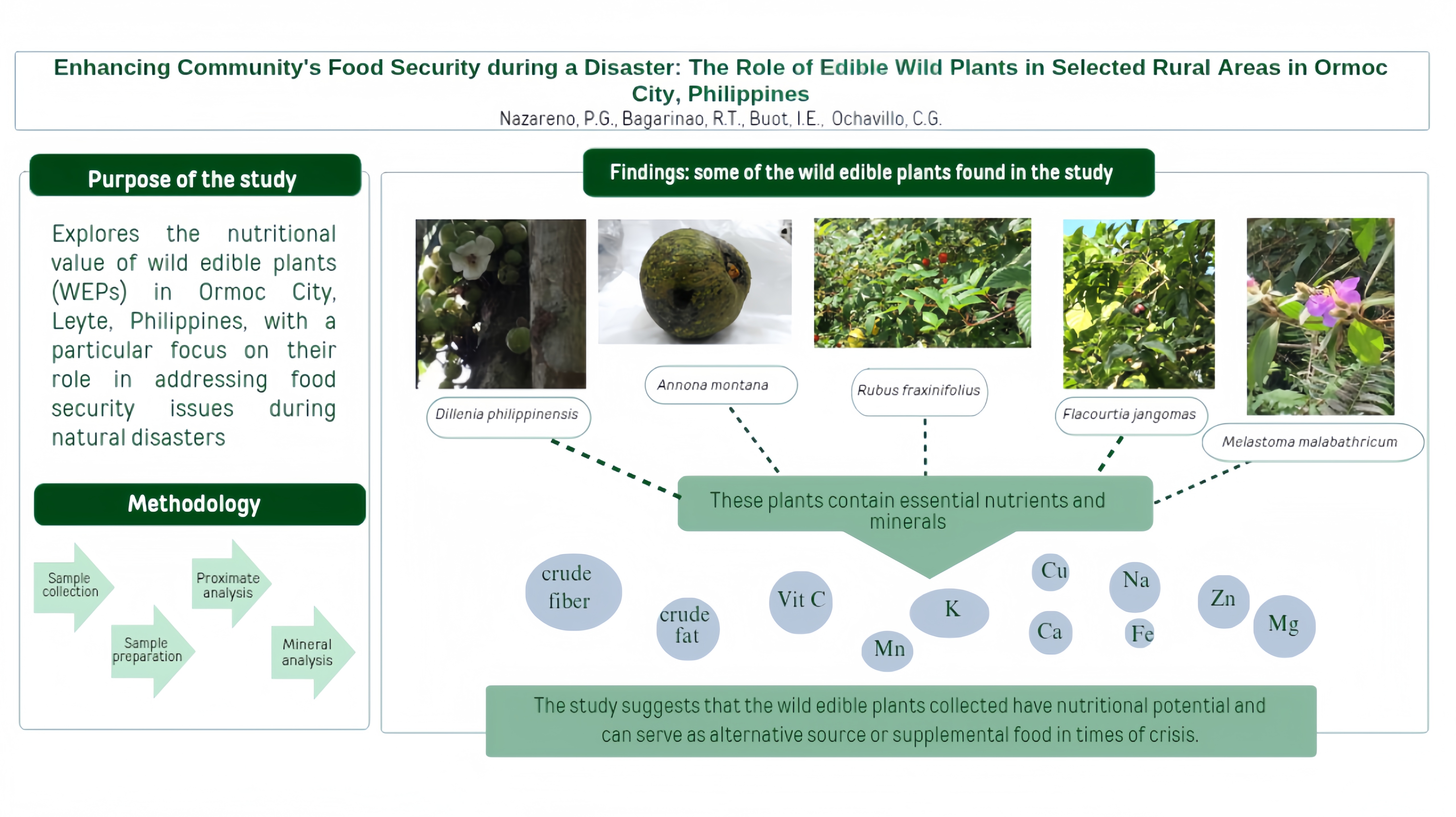GROWTH AND SURVIVAL OF SPINY LOBSTER, Panulirus homarus JUVENILES FED WITH DIFFERENT FORMULATED FEEDS
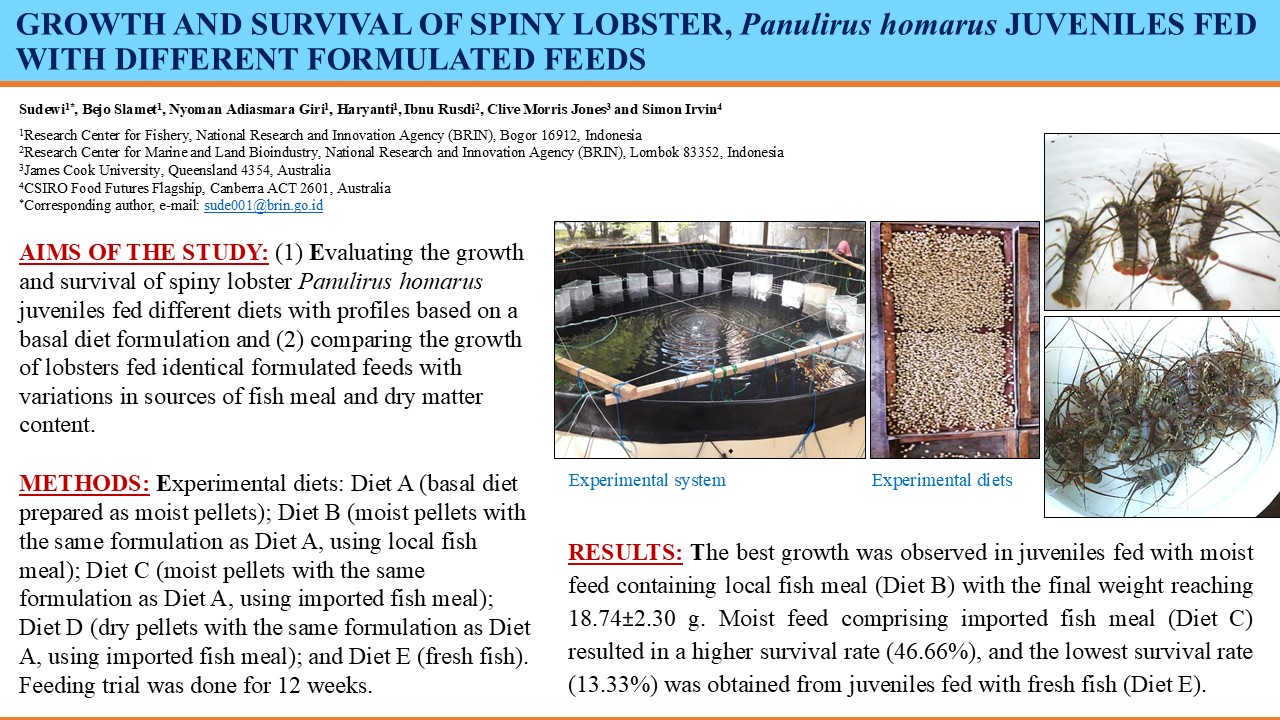
Article Highlights
- Indonesia has remarkable natural resources of spiny lobster Panulirus homarus and an exceptional opportunity to establish the largest lobster aquaculture industry in the world.
- However, culturing lobsters still relies on natural feeds (trash fish of fresh fishery by-catch) which are inefficient and environmentally unsustainable.
- Developing formulated feed based on locally available ingredients is invaluable for replacing natural feeds to support sustainable lobster culture.
- Formulated feed made of local fish meal provided the best growth of juvenile spiny lobster Panulirus homarus compared to imported fish meal.
Abstract
Several studies suggested that good growth performance and survival of lobster juveniles can be achieved by feeding the lobsters with formulated feeds. This study aimed to (1) evaluate the growth and survival of spiny lobster Panulirus homarus juveniles fed with different diets having profiles based on a basal diet formulation and (2) to compare the growth of lobsters fed with an identical formulated feed with variations only in sources of fish meal and dry matter content. The feeding experiment was designed following a completely randomized design (CRD) with five diet treatments and five replicates for each treatment. Five experimental diets were prepared in this experiment, i.e., Diet A (basal diet prepared as moist pellets); Diet B (moist pellets with the same formulation as Diet A, using local fish meal); Diet C (moist pellets with the same formulation as Diet A, using imported fish meal); Diet D (dry pellets with the same formulation as Diet A, using imported fish meal); and Diet E (fresh fish). Juveniles of spiny lobster with an average weight of 3.00±0.07 g were allocated in 25 net cages (60 x 60 x 60 cm) placed in a circular HDPE canvas tank (7.5 m in diameter) at a density of 15 lobsters/cage in a flow-through seawater system. The juveniles were fed with the experimental diets twice/day for 12 weeks. The experiment showed that the best growth was observed in juveniles fed with moist feed containing local fish meal (Diet B) with the final weight reaching 18.74±2.30 g. Moist feed containing imported fish meal (Diet C) resulted in a higher survival rate (46.66%), and the lowest survival rate (13.33%) was obtained from juveniles fed with fresh fish (Diet E).
Downloads
INTRODUCTION
Marine lobsters are highly favorable and considered prized luxury export products(, 2018), mainly exported to China, the United States of America, and Hong Kong. Chinese imports of lobsters increased dramatically to 38.6% or reached 11.461 MT from January to March 2021 compared to the same period in 2020(F.A.O., 2021). Grow-out culture of wild-captured spiny lobster juveniles to market size has been considered an evolving aquaculture industry in Asia, most markedly in Vietnam, and emerging in Indonesia(Nankervis & Jones, 2022). Indonesia has a remarkable natural resource of pueruli, and therefore, Indonesia has an exceptional opportunity to build the largest lobster aquaculture industry in the world(Priyambodo et al., 2020). In Indonesia, spiny lobster seed resources are found mainly in Lombok, Java, and Sumbawa Islands. In 2013-2014, the catch of lobster seeds was estimated to be over 3 million per year in Lombok(Bahrawi et al., 2015), and by 2016, more than 100 million lobster seeds were captured from Java, Lombok, and Sumbawa(Jones et al., 2019). Despite the growing lobster aquaculture industry, feeding in grow-out culture commonly relies only on fisheries products, such as trash fish or fresh fishery by-catch(Nankervis & Jones, 2022).
Fresh fishery products and trash fish for feeding in aquaculture have been well-identified as environmentally unsustainable and inefficient. For example, feeding with mussel flesh has a poor feed conversion ratio of up to 17.26:1(Rivaie et al., 2023). Trash fish as feed lead to significant water quality deterioration, causing environmental degradation and disease introduction(Nankervis & Jones, 2022). In addition, trash fish vary in their supply and nutritional profile. Moreover, there are difficulties in storage and possible spoilage during storage(Jones et al., 2015). The shrinking supply of trash fish and their downstream environmental effects have strengthened the urgency to develop sustainable formulated feeds(Nankervis & Jones, 2022). The development of formulated feed would provide benefits, such as nutrition optimization, feeding methods flexibility, easiness in usage and storage, waste minimization, and environmental sustainability improvement(Perera & Simon, 2014)for the development of lobster aquaculture(Saleela et al., 2015).
Some studies on formulated feed development and nutritional requirements for lobsters were conducted, such as studies on the appropriate level of protein for better growth and survival of spiny lobster P. homarus(Rathinam et al., 2014), and on the effects of binders on palatability and stability of formulated dry feed for P. homarus(Saleela et al., 2015). A review on the nutritional requirement and feed development for spiny lobster in post-larval stage reported that tropical lobster P. ornatus had the best growth when they were fed with a diet having a high digestible protein (> 56% DM) and 10-11% total lipid in dry matter(Nankervis & Jones, 2022). The use of moist pellets was also examined for the growth of lobster P. homarus(Ridwanudin et al., 2018). One of the major problems in aquaculture of spiny lobsters is an appropriate formulation of lobster feeds that are readily consumed, attractive, and stimulate optimal growth and survival(Marchese et al., 2019).
In a previous study, a basal diet formulation for 2-g lobsters had been developed and promoted good growth performance and survival rates of juveniles(Irvin & Shanks, 2015). This formulated feed was produced using ingredients sourced from Australia. Finding local, high-quality ingredients is the first step that needs to be addressed before Indonesian lobster farmers apply formulated feed for growing lobsters. Therefore, this study assessed 3-g lobster juveniles fed with a basal diet made from ingredients sourced from Australia and locally from Indonesia. This experiment was carried out to evaluate the growth and survival of 3-g lobster juveniles fed with different formulated feeds having a profile based on the basal diet, as well as to compare the growth of the lobsters fed with an identical formulated feed with variations only in fish meal sources and dry matter content.
MATERIALS AND METHODS
Study Location
The study was undertaken at the Institute for Mariculture Research and Fisheries Extension (IMRAFE), Gondol, Bali, Indonesia.
Rearing of Panulirus homarus Post-larvae to 3-g Juveniles
Feeding experiment was conducted by using P. homarus 3-g juveniles. To obtain the 3-g juveniles, pigmented P. homarus post-larvae were obtained from Lombok, West Nusa Tenggara Province, from which healthy post-larvae were selected to be reared up to juveniles weighing 3 g. The initial weight of the healthy lobster post-larvae was 0.2 g on average. Post-larvae rearing was conducted in floating net cages, concrete tanks, and an HDPE canvas tank with a flow-through seawater system. For the first 2 weeks, the post-larvae were fed with mysids and dry pellets and continued with dry pellets only until reaching 3-g juveniles. Grading of the post-larvae was carried out every 2 weeks to prevent cannibalism. Post-larvae rearing was conducted until the juveniles reached 3 g in weight. The 3-g juveniles were then used for the feeding experiment.
Figure 1.Feeding experiment using 3-g spiny lobster Panulirus homarus juveniles in 25 net cages
Feeding Experiment
The feeding experiment was designed following a completely randomized design (CRD) with five diet treatments and five replicates for each treatment. The experiment was carried out in 25 net cages (60 x 60 x 60 cm) that were placed in an HDPE canvas tank (Ø 7.5 m) with a flow-through seawater system, and equipped with aeration as oxygen supply
AOAC. 2000. Official Methods of Analysis. 13th Edition. Washington DC (US): Association of Official Analytical Chemists.
Bahrawi S, Priyambodo B, Jones CM. 2015. Census of the lobster seed fishery of Lombok. In: Jones CM (Editor). ACIAR Proceeding 145: Spiny Lobster Aquaculture Development in Indonesia, Vietnam and Australia. Proceedings of the International Lobster Aquaculture Symposium, Lombok, Indonesia, 22-25 April 2014. Canberra (AU): ACIAR. p. 12-9.
Barclay MC, Irvin S, Williams KC, Smith DM. 2006. Comparison of diets for the tropical spiny lobster Panulirus ornatus: Astaxanthin-supplemented feeds and mussel flesh. Aquac Nutr 12:117-25. DOI: 10.1111/j.1365-2095.2006.00390.x DOI: https://doi.org/10.1111/j.1365-2095.2006.00390.x
Crear B, Hart P, Thomas C, Barclay M. 2002. Evaluation of commercial shrimp grow-out pellets as diets for juvenile southern rock lobster, Jasus edwardsii: Influence on growth, survival, color, and biochemical composition. J Appl Aquac 12(3):43-57. DOI: 10.1300/J028v12n03_05 DOI: https://doi.org/10.1300/J028v12n03_05
FAO [Food and Agriculture Organization]. 2021. Statistics–International Markets on Fisheries and Aquaculture Products, Globefish Highlights No. 3. Rome (IT): Food and Agriculture Organization. DOI: 10.4060/cb7153en DOI: https://doi.org/10.4060/cb7153en
Irvin SJ, Shanks S. 2015. Tropical spiny lobster feed development: 2009–2013. In: Jones CM (Editor). ACIAR Proceeding 145: Spiny Lobster Aquaculture Development in Indonesia, Vietnam and Australia. Proceedings of the International Lobster Aquaculture Symposium, Lombok, Indonesia, 22-25 April 2014. Canberra (AU): ACIAR. p. 40-54.
Jones CM, Anh TL, Priyambodo B. 2019. Lobster aquaculture development in Vietnam and Indonesia. In: Radhakrishnan EV, Phillips BF, Achamveetil G (Editors). Lobsters: Biology, Fisheries and Aquaculture. Singapore (SG): Springer. p. 541-70. DOI: https://doi.org/10.1007/978-981-32-9094-5_12
Jones CM, Huong LL, Tuan LA, Bahrawi S, Irvin SJ. 2015. Spiny lobster aquaculture development in Indonesia, Vietnam, and Australia. In: Jones CM (Editor). ACIAR Proceeding 145: Spiny Lobster Aquaculture Development in Indonesia, Vietnam and Australia. Proceedings of the International Lobster Aquaculture Symposium, Lombok, Indonesia, 22-25 April 2014. Canberra (AU): ACIAR. p. 167.
Jones C, Linton L, Horton D, Bowman W. 2001. Effect of density on growth and survival of ornate rock lobster Panulirus ornatus (Fabricius, 1798), in a flow-through raceway system. Mar Freshwat Res 52:1425-9. DOI: 10.1071/MF01053 DOI: https://doi.org/10.1071/MF01053
Jones C. 2007 Feeding strategies for aquaculture of post-puerulus and juvenile tropical rock lobster P. ornatus. The Lobster Newsletter 20:16-20.
Junio-Menez MA, Ruinata J. 1996. Survival, growth and food conversion efficiency of Panulirus ornatus following eyestalk ablation. Aquaculture 146(3):225-35. DOI: 10.1016/S0044-8486(96)01371-3 DOI: https://doi.org/10.1016/S0044-8486(96)01371-3
Marchese G, Fitzgibbon QP, Trotter AJ, Carter CG, Jones CM, Smith GG. 2019. The influence of flesh ingredients format and krill meal on growth and feeding behavior of juvenile tropical spiny lobster Panulirus ornatus. Aquaculture 499:128-39. DOI: 10.1016/j.aquaculture.2018.09.019 DOI: https://doi.org/10.1016/j.aquaculture.2018.09.019
Nankervis L, Jones C. 2022a. Practical diet formulation and adoption in tropical spiny lobster aquaculture. Global Seafood Alliance. Available from: https://www.globalseafood.org/advocate/practical-diet-formulation-and-adoption-in-tropical-spiny-lobster-aquaculture/
Nankervis L, Jones C. 2022b. Recent advances and future directions in practical diet formulation and adoption in tropical Palinurid lobster aquaculture. Rev Aquac 14(4):1830-42. DOI: 10.1111/raq.12675 DOI: https://doi.org/10.1111/raq.12675
Perera E, Simon CJ. 2014. Digestive physiology of spiny lobsters: Implications for formulated diet development. Rev Aquac 6:1-19. DOI: 10.1111/raq.12066 DOI: https://doi.org/10.1111/raq.12066
Plaganyi EE, McGarvey M, Gardner C, Caputi N, Dennis D, Simon de Lestang, …, Villanueva C. 2018. Overview, opportunities, and outlook for Australian spiny lobster fisheries. Rev Fish Biol Fisheries 28(1):57-87. DOI: 10.1007/s11160-017-9493-y DOI: https://doi.org/10.1007/s11160-017-9493-y
Priyambodo B, Jones CM, Sammut J. 2020. Assessment of the lobster puerulus (Panulirus homarus and Panulirus ornatus, Decapoda: Palinuridae) resource of Indonesia and its potential for sustainable harvest for aquaculture. Aquaculture 528(5):735563. DOI: 10.1016/j.aquaculture.2020.735563 DOI: https://doi.org/10.1016/j.aquaculture.2020.735563
Rathinam MM, Kizhakudan JK, Vijayagopal P, Jayasankar V, Leslie VA, Sundar R. 2014. Effect of dietary protein levels in the formulated diets on growth and survival of juvenile spiny lobster Panulirus homarus (Linnaeus). Indian J Fish 61(2): 67-72.
Ridwanudin A, Fahmi V, Pratama IS. 2018. Growth of spiny lobster Panulirus homarus fed with a moist diet. Oseanologi dan Limnologi di Indonesia 3(2):95-103. DOI: 10.14203/oldi.2018.v3i2.165 DOI: https://doi.org/10.14203/oldi.2018.v3i2.165
Rivaie AR, Adiputra YT, Setyawan A, Putro DH. 2023. Effect of different diets on growth performance, a physiological response, and behavior of spiny lobster Panulirus homarus (Linnaeus, 1758). Jurnal Kelautan Tropis 26(2):301-14. DOI: 10.14710/jkt.v26i2.17656 DOI: https://doi.org/10.14710/jkt.v26i2.17656
Saleela KN, Somanath B, Palavesam A. 2015. Effects of binders on stability and palatability of formulated dry compounded diets for spiny lobster Panulirus homarus (Linnaeus, 1758). Indian J Fish 62(1):95-100.
Smith DM, Williams KC, Irvin SJ. 2005. Response of the tropical spiny lobster Panulirus ornatus to protein content of pelleted feed and to a diet of mussel flesh. Aquac Nutr 11(3):209-17. DOI: 10.1111/j.1365-2095.2005.00344.x DOI: https://doi.org/10.1111/j.1365-2095.2005.00344.x
Smith DM, Williams KC, Irvin S, Barclay M, Tabrett S. 2003. Development of a pelleted feed for juvenile tropical spiny lobster (Panulirus ornatus): Response to dietary protein and lipid. Aquac Nutr 9:231-7. DOI: 10.1046/j.1365-2095.2003.00248.x DOI: https://doi.org/10.1046/j.1365-2095.2003.00248.x
Syafrizal, Jones CM, Permana IG, Utomo NBP. 2018. Effect of feeding frequency on survival and growth of juvenile spiny lobster Panulirus versicolor in Indonesia. AACL Bioflux 11(5):1427-34.
Vijayakumaran M, Venkatesan R, Murugan TS, Kumar TS, Jha DK, Remany MC, …, Selvan K. 2009. Farming of spiny lobsters in sea cages in India. New Zeal J Mar Fresh 43:623-34. DOI: 10.1080/00288330909510028 DOI: https://doi.org/10.1080/00288330909510028
Williams KC. 2007. Nutritional requirements and feeds development for post-larval spiny lobster: A review. Aquaculture 263(1):1-14. DOI: 10.1016/j.aquaculture.2006.10.019 DOI: https://doi.org/10.1016/j.aquaculture.2006.10.019
Copyright (c) 2024 Sudewi, Bejo Slamet, Nyoman Adiasmara Giri, Haryanti, Ibnu Rusdi, Clive Jones, Simon Irvin

This work is licensed under a Creative Commons Attribution-NonCommercial-NoDerivatives 4.0 International License.
Authors who publish with this journal agree with the following terms:
- Authors retain copyright and grant the journal right of first publication, with the work 1 year after publication simultaneously licensed under a Creative Commons attribution-noncommerical-noderivates 4.0 International License that allows others to share, copy and redistribute the work in any medium or format, but only where the use is for non-commercial purposes and an acknowledgement of the work's authorship and initial publication in this journal is mentioned.
- Authors are able to enter into separate, additional contractual arrangements for the non-exclusive distribution of the journal's published version of the work (e.g., post it to an institutional repository or publish it in a book), with an acknowledgement of its initial publication in this journal.
- Authors are permitted and encouraged to post their work online (e.g., in institutional repositories or on their website) prior to and during the submission process, as it can lead to productive exchanges, as well as earlier and greater citation of published work (See The Effect of Open Access).

